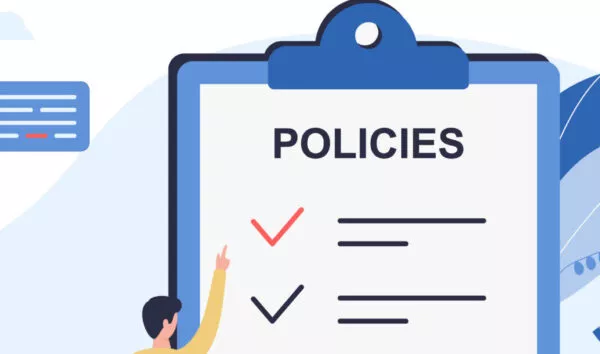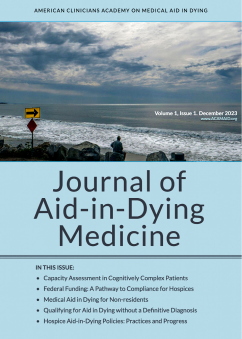Leadership and Policy Guidance
Whether opting out of aid in dying, fully embracing it, or taking a stance somewhere in between, hospices in states where aid in dying is legal will increasingly need to offer care for patients considering or completing medical aid in dying.The Academy stands ready as a committed ally, offering support and guidance to hospices.




